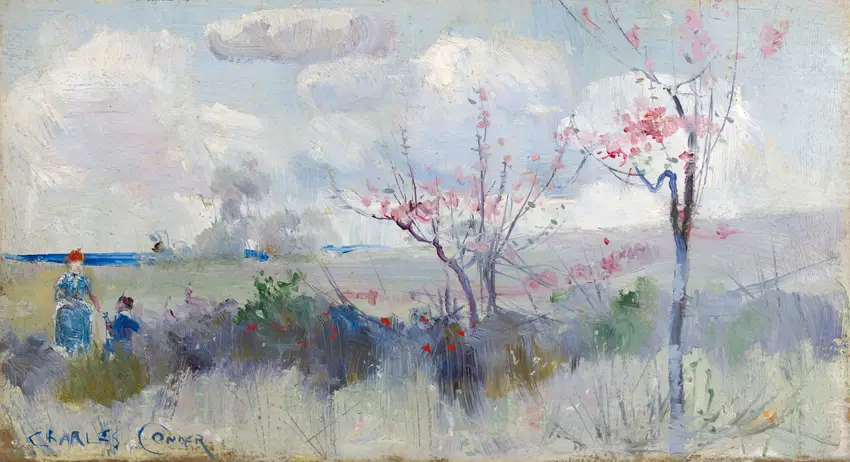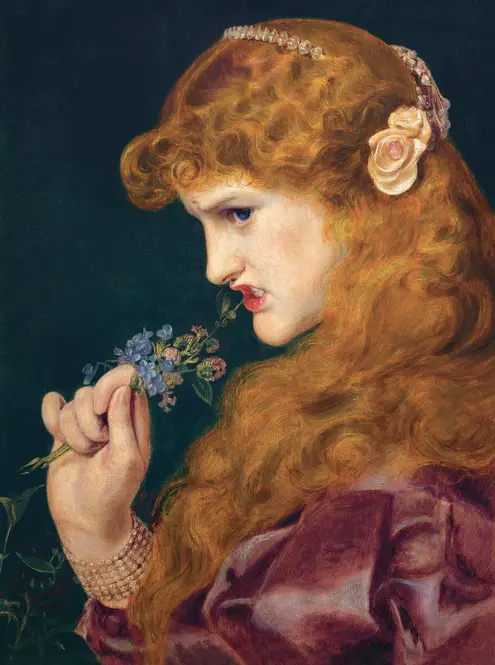Claude Monet’s *Waterloo Bridge, London at Sunset* captures the fleeting beauty of twilight over the Thames with his signature impressionistic touch. Hazy strokes of orange and violet melt into the river’s surface, blurring the boundary between sky and water, while the bridge’s iron arches loom like ghostly silhouettes. The painting feels alive with movement—boats drift lazily, their reflections dissolving into shimmering color, and the smoke from distant chimneys curls upward, softening the industrial edges of the city. Monet, fascinated by London’s ever-shifting light, painted this scene multiple times, each version a unique dance of atmosphere and mood.
What makes this piece mesmerizing is how it balances tranquility and energy. The warm glow of sunset bathes everything in a dreamlike radiance, yet the choppy brushwork suggests the river’s restless flow. You can almost hear the distant hum of the city, muffled by the haze. It’s not just a landscape; it’s a fleeting moment stolen from time, where London’s grit transforms into something poetic. Monet doesn’t just paint a bridge—he paints the way light breathes life into the ordinary.


 (c. 1915–26)-full.webp)


-full.webp)
-full.webp)
-full.webp)

-full.webp)